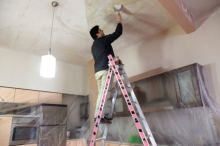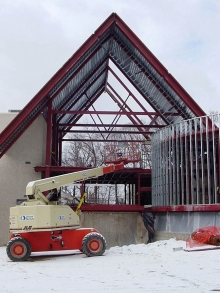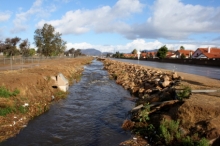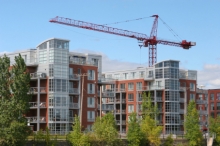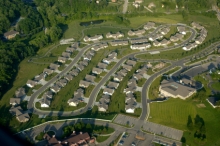To Move or To Improve?
If Shakespeare were alive today, he may have asked the more pressing question, �To move or to improve?� Either way, the choice usually means a change for the better, so it�s more about �why to,� �when to,� and �how to" move or improve rather than �if to� do either, because, while sellers remain shell-shocked, today�s home-hunters and remodeling customers are in for a pleasantly plentiful�supply: It�s a buyer�s market.
